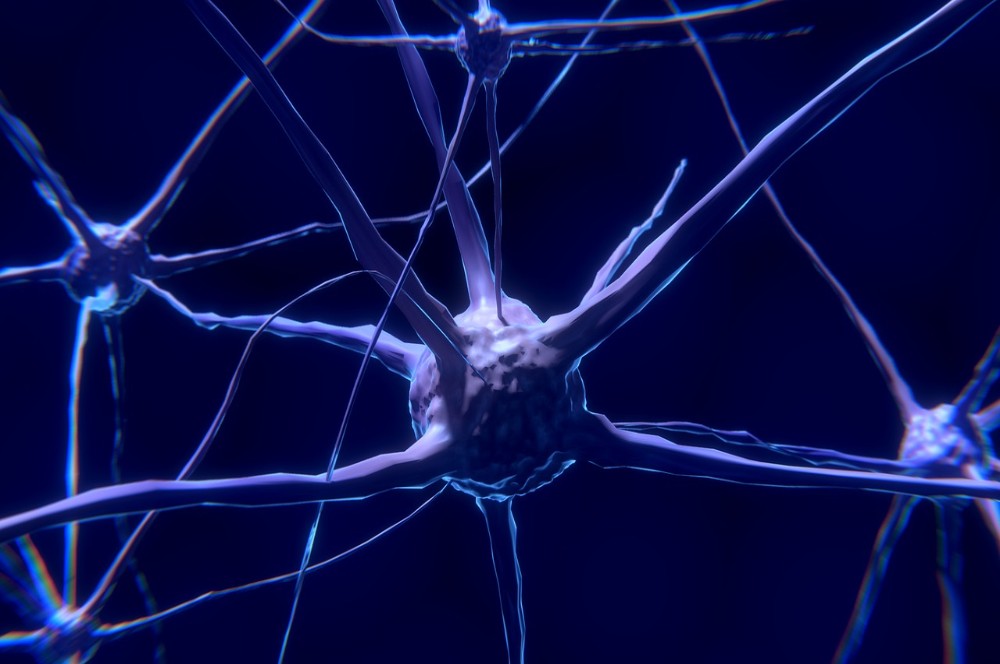The brainwaves monitoring technology became controversial after constant coverage by the media. The project has since been discontinued in China. Parents biggest worry was about the privacy of their children who took part in the experiment
Monitoring brainwaves to understand changes that occur during different activities while learning can sound like a pioneering science that should be implemented universally. However, that is not the case for Xiaoshun central primary School in Jinhua City, Zhejiang province where such a device was being used to collect brainwave data.
Controversy surrounding the brainwaves technology
Parents from this school indicated that they were not comfortable with their children undergoing these tests. The opposed the move citing privacy concern, arguing that they were not fully briefed on where the data obtained would end up. There was also fear that such a technology may be used to control their children.
The study involved head-mounting the devices on school pupils and recording data. The main focus of the data collected was about monitoring the attention spans of these pupils. The project, before being halted, had operated for more than a year.
Teachers reported that the data was being transferred to the company’s server. The teachers also indicated that technology had no side effects on the students. The teachers also indicated that some of the data that were collected had been shared with the parents, noting that the process was very open and engaged everyone involved.
A teacher named Zhang said,
All we are doing is providing some assistance for the students to see how much they are paying attention. Because the data is transferred to the teacher, the students will concentrate more than usual, and we’ve indeed seen some improvements.
Giving back to the community
The technology in question was developed by BrainCo and local Chinese partner company Zhejiang BrainCo Technology Co Ltd, co-founded by Kong Xiaoxian, a former Ph.D. student at the Harvard center for brain sciences. Kong is also a former student of the school this project was conducted in.
He argued that the reason this project was being shutdown is due to media pressure that had focused on their tests. He pointed out that in the US, such technology is in use and indicated that his main motivation for choosing that primary school is, he felt he needed to give back to the community. He indicated that there was no better way of doing that than going back to where you schooled.
What do brainwaves indicate?
Gamma brain waves are the fastest brainwave frequency with the smallest amplitude. They are associated with the “feeling of blessings” reported by experienced meditators, such as monks and nuns. Gamma waves are associated with peak concentration and high levels of cognitive functioning.
Neuroscientists believe that gamma waves are able to link information from all parts of the brain.
The gamma wave originates in the thalamus and moves from the back of the brain to the front and back again 40 times per second. This rapid “full sweep” action makes the gamma state one of peak mental and physical performance. Gamma is the brainwave state of being “in the zone.”
People with very high levels of gamma activity are exceptionally intelligent, compassionate, and have strong self-control. IQ scores of people with high gamma wave activity are correspondingly high.







